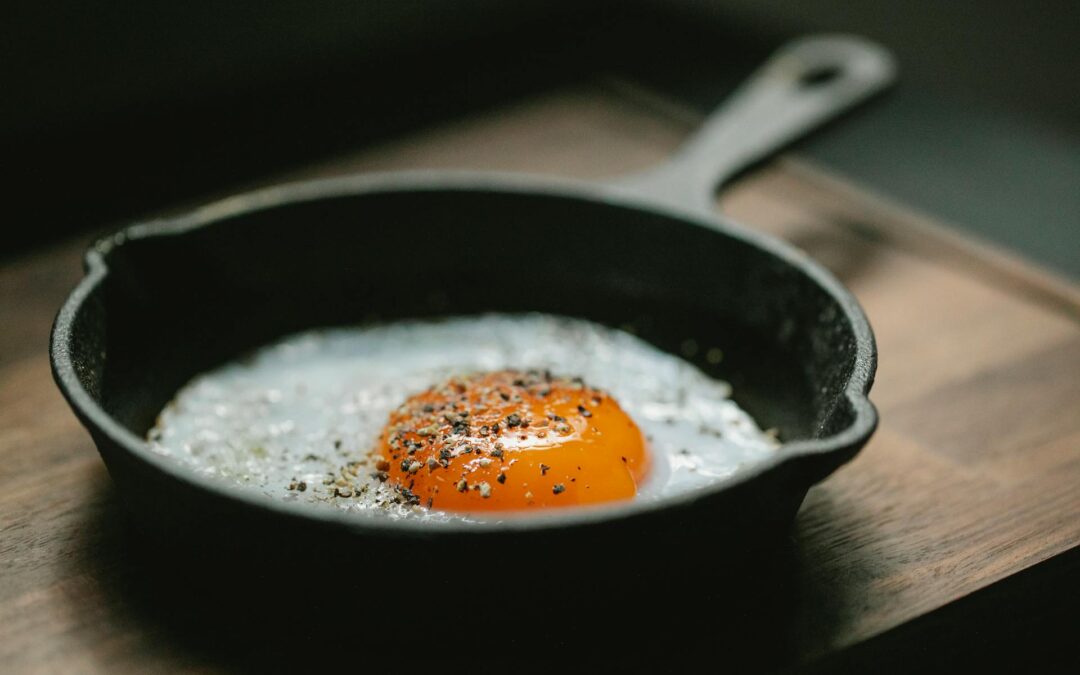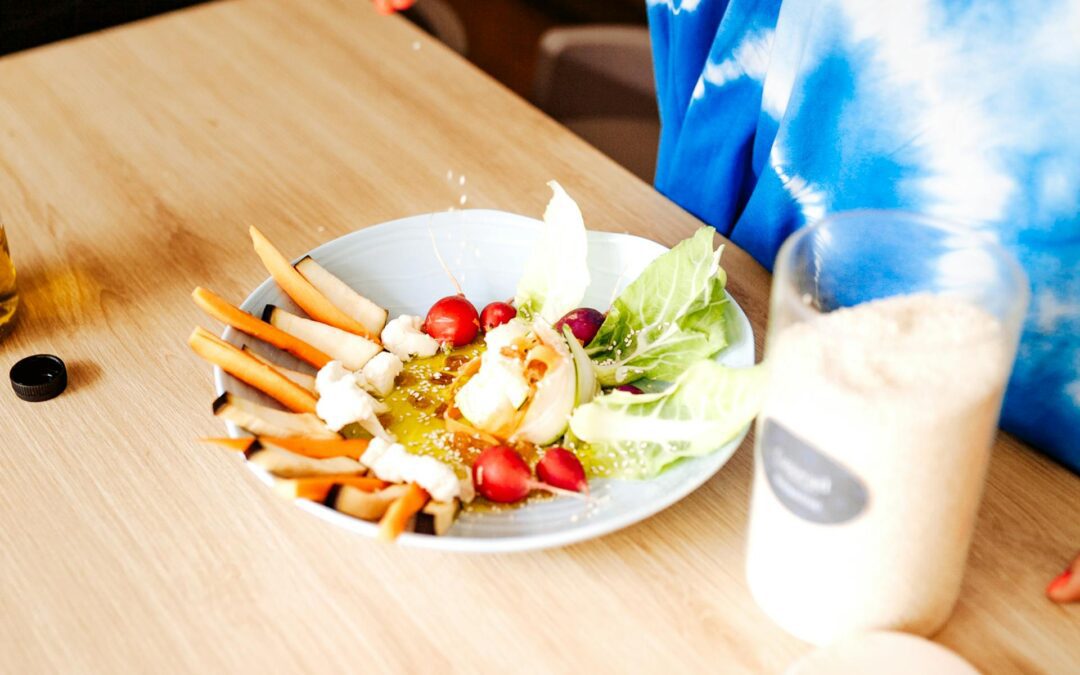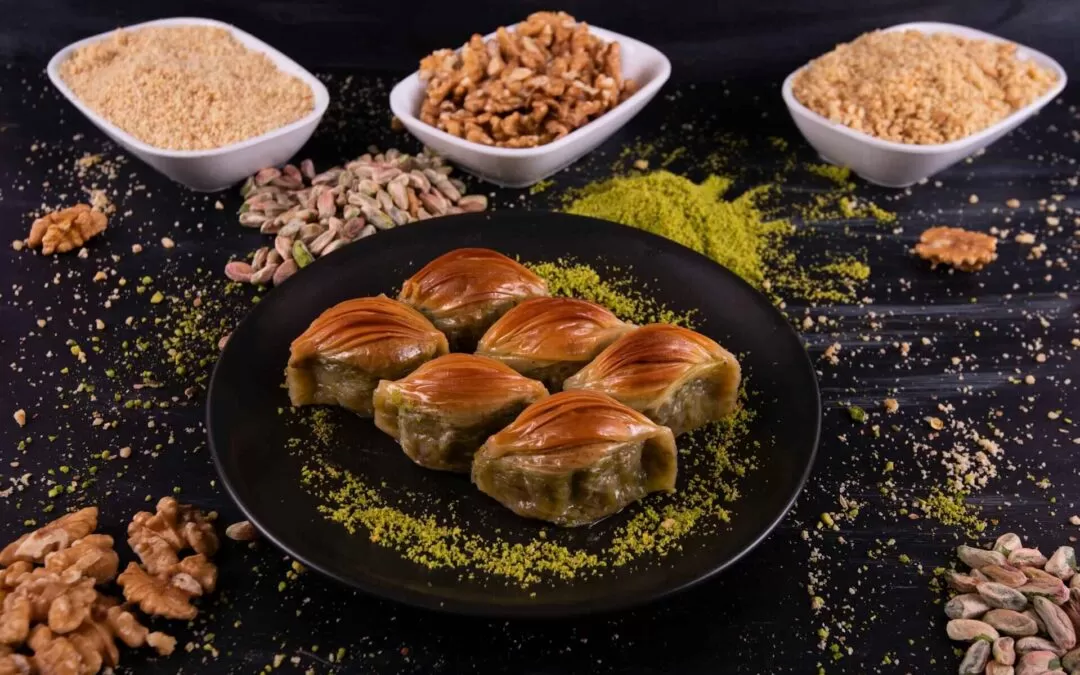Low carb diets have been related to several notable health advantages
According to research, they are very helpful in suppressing appetite and promoting weight reduction (1, 2).
They’ve also been linked to lower blood pressure, lower LDL (harmful) cholesterol levels, and higher HDL (good) cholesterol levels (3, 4).
Furthermore, low carb diets have been shown to enhance blood sugar management in type 2 diabetics (5, 6).
Low carb diets generally contain fewer than 130 grams of carbohydrates daily, and extremely low carb diets have 20-50 grams per day (1).
However, specific extremely low carb diets may be deficient in fiber, a nutrient essential for digestive, cardiac, and intestinal health (7, 8).
Studies suggest that just 5% of Americans reach the necessary 25-38 grams of fiber daily, regardless of whether they consume low carb (9).
If you follow a low carb diet and are concerned about your fiber consumption, some delightful meals are both low in carbohydrates and rich in fiber.
Here are 14 low carb, high fiber foods.
1. Flax seeds
Flax seeds are tiny oil seeds that are high in nutrients.
They are exceptionally high in omega-3 fatty acids, fiber, and antioxidants. They’re also low in digestible net carbohydrates, total carbs minus fiber grams (10).
Notably, flax seeds have a lower omega-6 to omega-3 ratio than most other oil seeds. This is significant since a lower omega-6 to omega-3 ratio is linked to a lower risk of chronic illnesses (11).
Flax seeds are simple to integrate into your diet and should be crushed to maximize their health benefits (12).
2 tablespoons (14 g) of ground flax seeds provide 4 g of fiber and 0 g of net carbs (13).
2. Chia seeds
Chia seeds, despite their small size, are high in various nutrients.
Chia seeds are one of the best-known plant sources of omega-3 fatty acids (14) and are high in fiber, protein, and other vitamins and minerals.
Chia seeds may be sprinkled on salads, yogurt, and smoothies.
They absorb liquids effectively, forming a gel that may be used as a vegan egg substitute or thickening for sauces and jellies.
2 tablespoons (30 g) of chia seeds provide 11 g of fiber and 2 g of net carbs (15).
3. Avocado
Avocados have a buttery feel and are high in healthful fats.
Avocados, while technically a fruit, are commonly served as a vegetable and may be incorporated into several cuisines.
Avocados are high in fiber, folate, potassium, and vitamins K and C, in addition to being high in monounsaturated fats (16).
One small (136 g) avocado provides 9 g of fiber and 3 g of net carbs (16).
4. Almonds
Almonds are one of the most popular tree nuts in the world.
They’re great for snacking since they’re substantial in healthy fats, antioxidants, and essential vitamins and minerals, including vitamin E, magnesium, and manganese (17).
Almonds may help boost feelings of fullness and promote weight loss since they are high in fiber and protein (18).
One ounce (28 g) of raw almonds provides 4 g of fiber and 3 g of net carbs (17).
5. Unsweetened coconut meat
The white flesh inside a coconut is known as coconut meat.
It’s frequently available shredded and may be used to give texture to desserts, granola bars, and breakfast meals.
Coconut flesh is abundant in healthy fats and fiber but low in carbohydrates and protein (19).
It also has a high concentration of essential minerals, including copper and manganese. Copper promotes bone development and cardiovascular health, but manganese is required for fat metabolism and enzyme activity (19, 20, 21).
One ounce (28 g) of shredded, unsweetened coconut meat provides 5 g of fiber and 2 g of net carbs (19).
6. Blackberries
Blackberries are a delightful summer berry that is both sweet and sour.
They’re also quite nutritious, with 1 cup (140 grams) providing more than 30% of the Daily Value (DV) for vitamin C (22).
Berries are among the fruits with the highest antioxidant content. Regular consumption has been linked to a lower incidence of chronic inflammation, heart disease, and certain types of cancer (23).
Furthermore, 1-week research in 27 individuals with excess weight or obesity on a high fat diet discovered that consuming blackberries regularly enhanced fat burning and insulin sensitivity (24).
One cup (140 g) of blackberries provides 7 g of fiber and 6 g of net carbs (22).
7. Raspberries
Raspberries, another sweet yet sour summer berry, are best consumed soon after purchase.
They are low in calories yet abundant in numerous vital vitamins and minerals. One cup (140 grams) contains more than 50% of the daily value of vitamin C and 41% of the daily value of manganese (25).
Raspberries, like blackberries, are high in disease-fighting antioxidants. They may be consumed as a snack, baked into desserts, or mixed with yogurt parfaits or overnight oats (23).
One cup (140 g) of raspberries provides 9 g of fiber and 8 g of net carbs (25).
8. Pistachios
Humans have consumed pistachios since 6000 BC (26).
While officially a fruit, pistachios are utilized in cooking as a nut.
Pistachios are prevalent in various cuisines, including sweets such as ice cream and cakes, due to their brilliant green appearance and unique flavor.
They’re abundant in healthful fats and vitamin B6, an essential vitamin that helps with blood sugar management and hemoglobin production (27, 28).
One ounce (28 g) of shelled pistachios provides 3 g of fiber and 5 g of net carbs (27).
9. Wheat bran
The hard outer layer of the wheat kernel is known as bran.
While it is naturally present in whole grains, it may also be purchased separately to add texture and a nutty taste to baked products, smoothies, yogurt, soups, and casseroles.
Wheat bran is high in various vitamins and minerals, with 1/2 cup (30 grams) supplying 41% of the daily value for selenium and more than 140% of the daily value for manganese (29).
However, it is arguably best recognized for its high insoluble fiber content, a vitamin that can help alleviate constipation and encourage regular bowel movements (30).
A ¼-cup (15-g) serving of wheat bran provides 6 g of fiber and 4 g of net carbs (29).
10. Cauliflower
Cauliflower is a popular low carb ingredient since it can be riced as a grain substitute or put into a soft carb pizza crust.
Cauliflower, a member of the Brassica family, is a cruciferous vegetable that is low in calories and carbohydrates while high in fiber, vitamins, and minerals (31).
It’s also high in choline, essential for brain and liver function, metabolism, and DNA synthesis (32).
One cup (85 g) of chopped cauliflower provides 2 g of fiber and 2 g of net carbs (31).
11. Broccoli
Broccoli is a prominent cruciferous vegetable that is abundant in a variety of essential elements.
It’s low in calories and high in fiber, as well as numerous critical vitamins and minerals like folate, potassium, and vitamins C and K.
It also has more protein than most veggies.
While it may be eaten raw or cooked, research indicates that steaming delivers the most health advantages (33).
One cup (71 g) of raw broccoli florets provides 2 g of fiber and 3 g of net carbs.
12. Asparagus
Asparagus is a popular spring vegetable in various hues, including green, purple, and white.
It’s low in calories but high in vitamin K, with 1 cup (134 grams) supplying 46% of the DV. The same serving also contains 17% of the daily value for folate, essential during pregnancy, and aids cell development and DNA production (34, 35).
While most asparagus is prepared, raw asparagus can provide a nice crunch to salads and veggie platters.
One cup (134 g) of raw asparagus provides 3 g of fiber and 2 g of net carbs (34).
13. Eggplant
Eggplants, also known as aubergines, are used in a variety of recipes across the world.
They give a distinct texture to recipes while being low in calories.
They’re also high in fiber and vitamins and minerals, including manganese, folate, and potassium (36).
One cup (82 g) of raw, cubed eggplant provides 3 g of fiber and 2 g of net carbs (36).
14. Purple cabbage
Purple cabbage, often red cabbage, is a healthy way to add color to your food.
While it tastes similar to green cabbage, purple has more plant components associated with health advantages such as enhanced heart and bone health, lower inflammation, and protection against some cancers (37, 38).
Purple cabbage is also low in carbohydrates, high in fiber, and high in vitamins C and K.
One cup (89 g) of chopped red cabbage provides 2 g of fiber and 5 g of net carbs.
The bottom line
Eating less carbohydrates can offer several health benefits, whether you want to lose weight or reduce your blood sugar levels.
And contrary to popular belief, you may cut your carbohydrate intake while receiving adequate fiber.
In truth, many low carb, high fiber foods are both healthful and enjoyable.







0 Comments